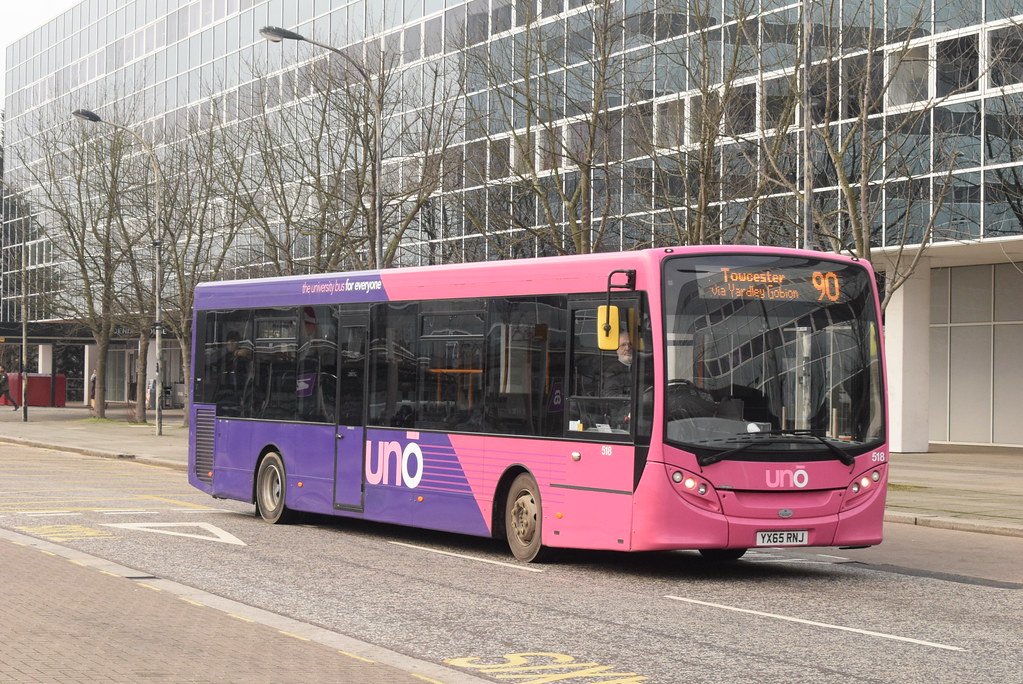
Introduction to Milton Keynes
Milton Keynes, a town in Buckinghamshire, England, has undergone significant transformation since its establishment as a new town in 1967. With its unique design and rapid growth, it is regarded as an innovative centre for business and community living. The importance of Milton Keynes lies not only in its development but also in its ability to adapt to modern demands, making it a relevant topic for urban studies and economic growth.
Milton Keynes: Facts and Recent Developments
Milton Keynes was planned with a focus on green spaces and connected living, featuring numerous parks, lakes, and linear public spaces that promote a healthy lifestyle. The town is also known for its iconic landmarks, such as the Milton Keynes Theatre and the famous concrete cows that represent local culture.
In recent years, the town has seen substantial investment in infrastructure, including the expansion of public transport systems and the development of new residential areas. The UK government has recognised the strategic importance of Milton Keynes for economic growth, marking it as a location for the “Cambridge-Milton Keynes-Oxford Arc” initiative aimed at fostering innovation and connectivity within the region.
Moreover, Milton Keynes has become a hub for technology and innovation, home to numerous start-ups and established companies in various sectors including finance, logistics, and digital media. The growth in these sectors has resulted in increased job opportunities, attracting a diverse population seeking better work-life balance.
Future Outlook for Milton Keynes
Looking ahead, Milton Keynes is poised for continued advancement. Plans for the future include further investments in sustainable transport such as cycling routes and electric vehicle infrastructure, enhancing its position as an environmentally friendly town. The development of new residential projects aims to accommodate the growing population, while preserving the green spaces that make the town unique.
In conclusion, Milton Keynes represents a successful example of modern urban development, balancing community needs with economic growth. Its evolution continues to be significant not only for residents but also for those interested in urban planning and development strategies. As it moves forward, observers will be keen to see how Milton Keynes adapts to the challenges of the future while maintaining its identity and providing quality living spaces for all.
You may also like

Exploring Monmouth: History, Attractions and Community

The Importance of Pubs in British Society and Their Resurgence
